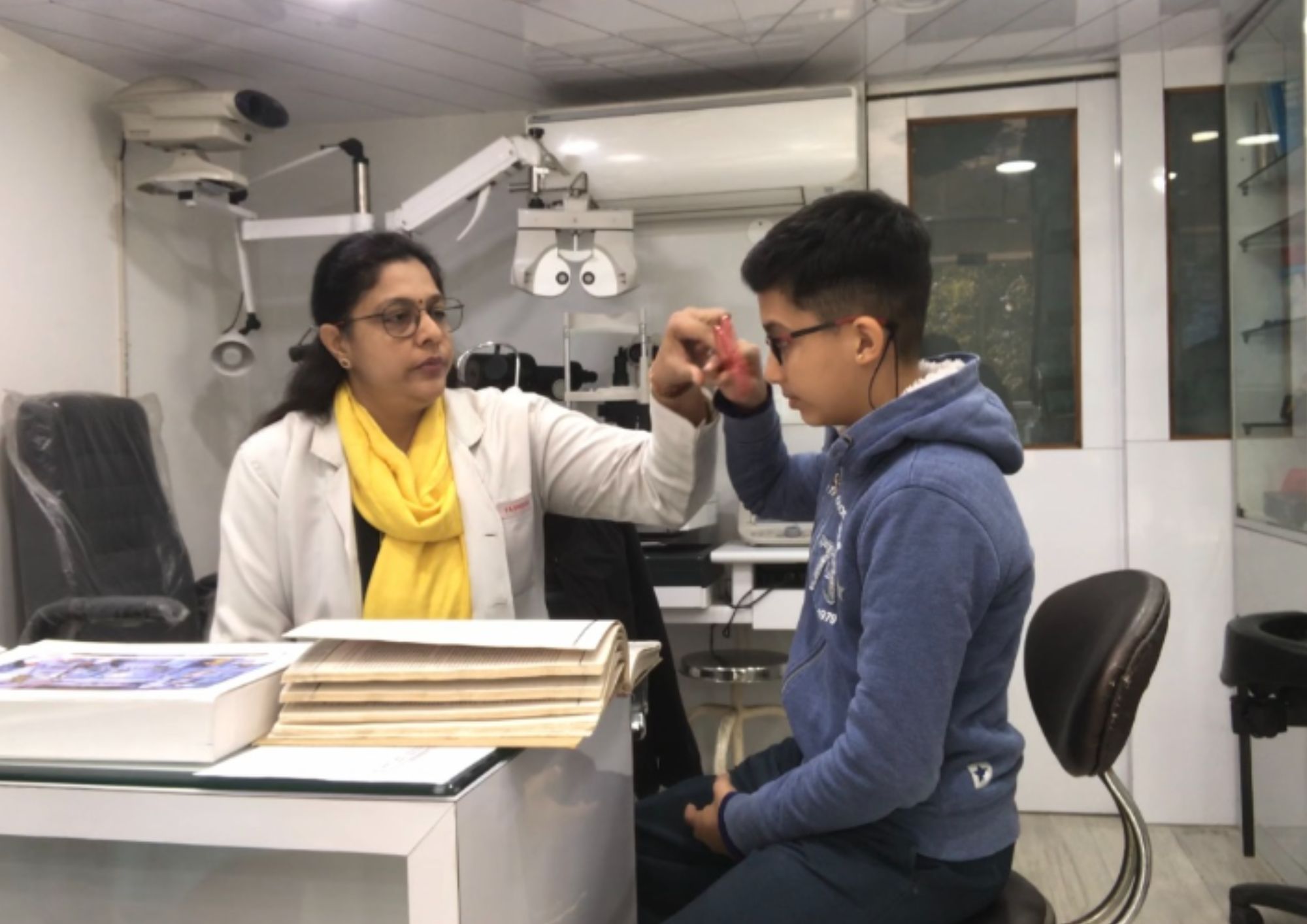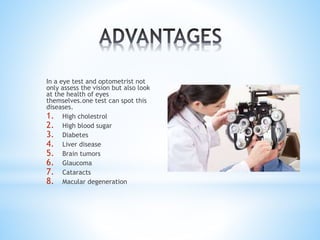The Duty of Advanced Diagnostic Equipment in Identifying Eye Disorders
In the realm of ophthalmology, the application of sophisticated diagnostic devices has changed the early recognition and administration of various eye problems. From finding subtle adjustments in the optic nerve to keeping an eye on the progression of retinal illness, these technologies play an essential role in improving the accuracy and effectiveness of detecting ocular problems. As the demand for exact and timely medical diagnoses remains to grow, the assimilation of innovative devices like optical coherence tomography and aesthetic field testing has actually ended up being indispensable in the realm of eye treatment. The intricate interplay in between technology and sensory techniques not only loses light on intricate pathologies however additionally opens doors to tailored therapy approaches.
Significance of Early Medical Diagnosis
Very early diagnosis plays a critical function in the efficient administration and treatment of eye conditions. Prompt identification of eye problems is essential as it permits punctual intervention, potentially stopping further development of the condition and lessening long-lasting difficulties. By discovering eye disorders at a beginning, doctor can offer appropriate therapy strategies customized to the details problem, eventually resulting in better outcomes for people. Very early diagnosis makes it possible for individuals to gain access to necessary assistance services and sources faster, enhancing their total high quality of life.

Technology for Detecting Glaucoma
Innovative analysis innovations play a crucial duty in the very early detection and tracking of glaucoma, a leading cause of permanent blindness worldwide. Another advanced device is aesthetic field testing, which maps the sensitivity of a person's aesthetic field, helping to spot any locations of vision loss attribute of glaucoma. These sophisticated diagnostic devices make it possible for eye doctors to diagnose glaucoma in its very early stages, permitting for timely intervention and far better monitoring of the illness to prevent vision loss.
Role of Optical Comprehensibility Tomography

OCT's capability to quantify retinal nerve fiber layer density enables accurate and unbiased measurements, aiding in the very early detection of glaucoma also before aesthetic field defects emerge. OCT modern technology permits longitudinal monitoring of architectural More Bonuses changes over time, promoting customized visit homepage therapy plans and prompt interventions to aid protect people' vision. The non-invasive nature of OCT imaging likewise makes it a recommended option for monitoring glaucoma progression, as it can be duplicated frequently without creating discomfort to the person. Overall, OCT plays a vital role in improving the analysis accuracy and administration of glaucoma, inevitably adding to far better outcomes for people in jeopardy of vision loss.
Enhancing Diagnosis With Visual Area Screening
An essential element in thorough ophthalmic evaluations, visual field testing plays a crucial duty in enhancing the diagnostic process for various eye problems. By assessing the full extent of a client's visual field, this test provides crucial information concerning the functional integrity of the entire aesthetic path, from the retina to the aesthetic cortex.
Aesthetic area screening is especially useful in the diagnosis and administration of conditions such as glaucoma, optic nerve disorders, and various neurological conditions that can influence vision. Via measurable dimensions of peripheral and central vision, clinicians can detect subtle adjustments that might show the existence or progression of these disorders, even prior to recognizable signs and symptoms take place.
Furthermore, visual area screening allows for the surveillance of therapy efficacy, assisting eye doctors customize restorative interventions to specific patients. eyecare near me. By tracking adjustments in visual area efficiency over time, medical care carriers can make educated decisions regarding adjusting medicines, recommending surgical treatments, or carrying out various other suitable actions to preserve or improve a person's visual feature
Managing Macular Deterioration

Verdict
In verdict, advanced analysis devices play an important role in recognizing eye conditions early on. Technologies such as Optical Coherence Tomography and aesthetic field screening have actually significantly boosted the precision and efficiency of detecting conditions like glaucoma and macular deterioration.